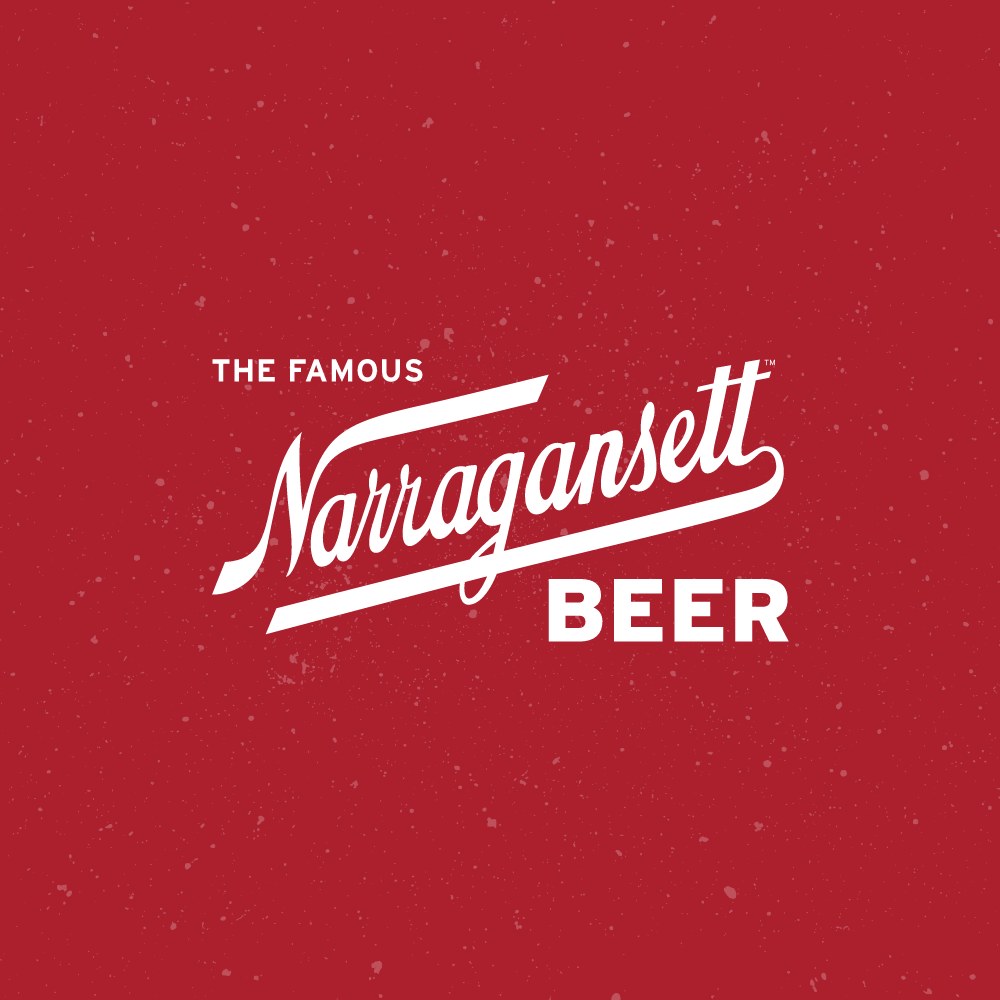Enter The 1890 Room
In 1972, when I first began my beer career at the age of 23, John was in his early 60’s, as I recall but nobody seemed to know for sure. He was one colorful character!
John and I hit it off right away when I first reported to him as his assistant. He immediately took me under his wing. He became one of my first mentors in the beer business and as I ironically followed his path in the beer selling wars all over New England since ’72, John was, and still is, one of the most memorable people I’ve ever met.
He created his persona and he loved attention. Ne walked with a strut,, arms swinging with purpose from front to back. He was hard to describe but those folks who knew him and read these words will know what I’m talking about.
The Brewery and it’s dedicated workers were always the stars of the show at every tour, but John was definitely one of the co-stars. He was a Barnum and Bailey type of a guy and he worked very hard when he was on stage.
John would start the tour by warmly welcoming our guests with a few short quips to lighten up the group and make them feel at home. He’d give a short autobiography and tell some interesting personal stories of his travels selling beer throughout New England. Some stories were particularly colorful, especially the ones of when he was working up by the Canadian Border. Then he would tell everyone all about the history of the Brewery itself and bring everyone up to speed about where we were today, (in 1972).
For instance, John would tell the group that we were sitting atop 10 springs of water that were no longer used for brewing but were still used in the wash process of returnable bottles and barrels. He’d tell people that the Brewery used 4,000,000 gallons of Scituate Reservoir water per day in the brewing process. At the time, Narragansett was the largest Brewery in New England with an annual brewing capacity of 4 million barrels, based on the three shift work day.
John would pass around Mason jars filled with different types of barley malt and hops that the Brewery used to brew different styles of beer. He’d pass around regular malt, which was sort of a blond color, and roasted malt, which was dark brown, almost black. Carmel malt, with its sweet, rich fragrance, was used to brew the Brewery’s famous Bock beer and Munich malt. The hops that the Brewery used was brought in from the Pacific Northwest. Narragansett only used seedless hops to brew it beer. Seedless hops happen to be the female hop plant and just as an indication of the kind of character John was, he’d add, "The female hops are the ones with no nuts." Those words he would whisper with a whimsical grin.
He would explain the difference between Lager beer and Ale, Porter and Bock, Pilsner beer, etc. He’d explain how yeasts used to ferment Ale would rise to the top of the tank and how yeasts used in Lagers would settle to the bottom in their fermentation process. That is about as technical as he would get before we actually begin the walking tour away from the 1890 Room.
Make sure you check back next week as we continue into Lister’s part one of The Narragansett Brewery Tour.
Guy Lister gave Narragansett Brewing Company full consent to post his story on our website. However, it remains the intellectual property of Guy Lister and may not be printed, reprinted, edited, sold or published, conventionally, electronically, or by other means without the expressed written approval of Guy Lister. Copyright 2001.

